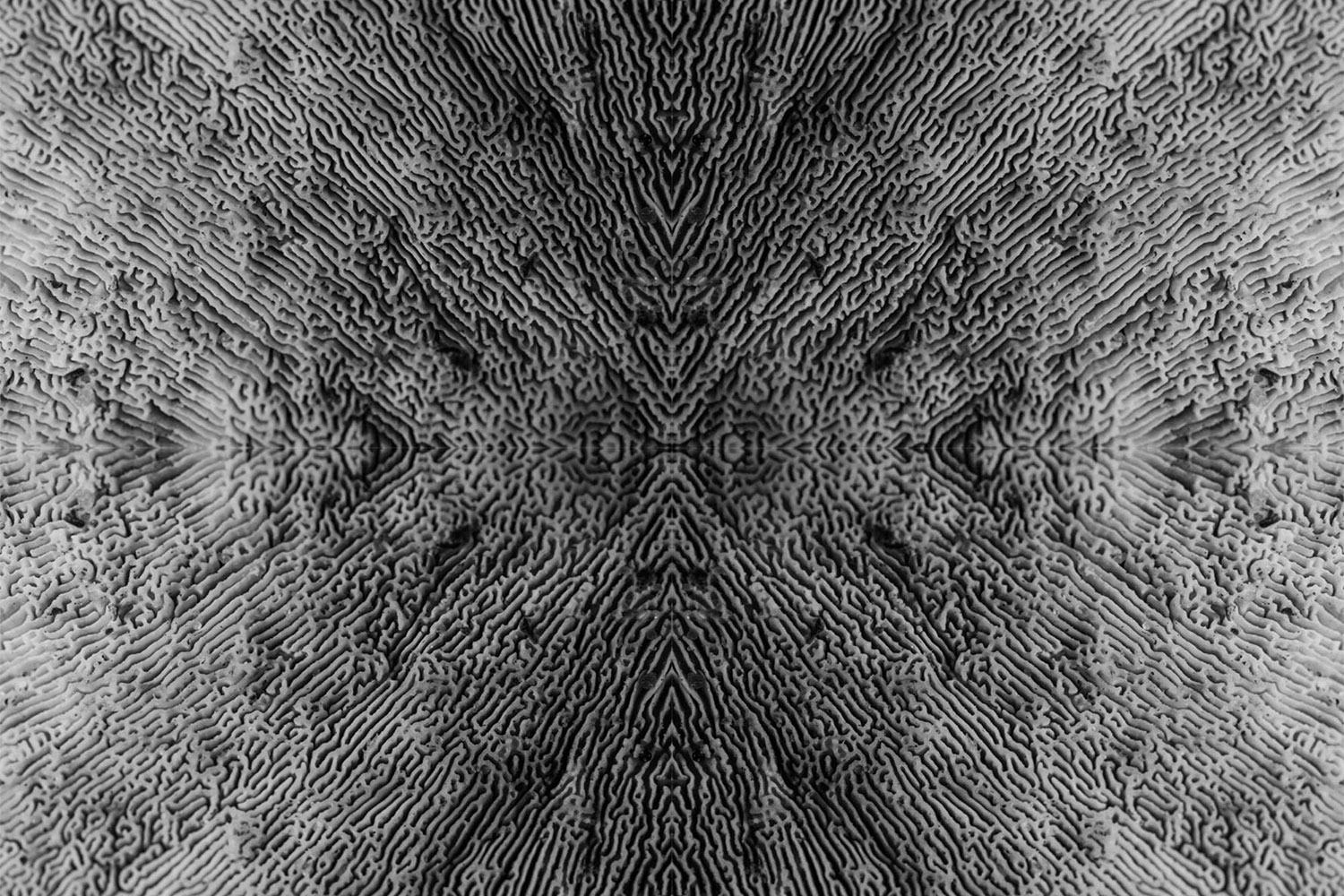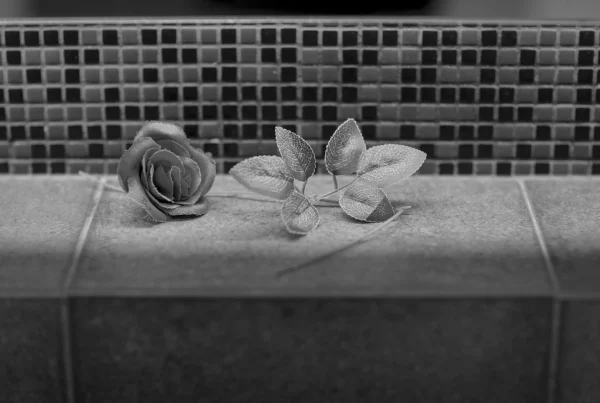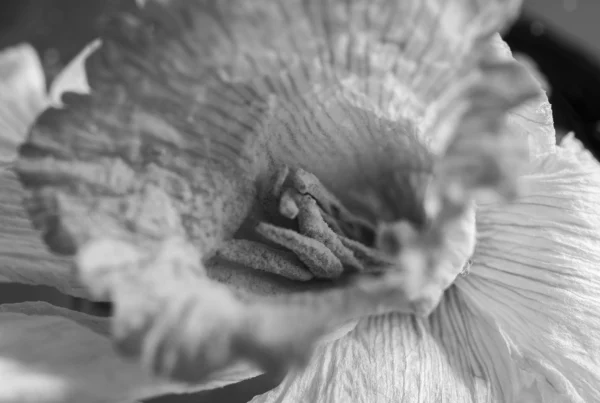Pareidolia Effect Examples Using Mushrooms
In this series, I used mushrooms as primary subjects. A mix of reishi and common wild mushrooms, harvested from Perdana Botanical Garden in Kuala Lumpur, Malaysia, were selected to create these pieces. After some experimentation, I found that the cap of the reishi mushroom provided the most compelling pareidolia effects. Meanwhile, when mirrored and repeated, the wild mushroom photograph transformed into a captivating, otherworldly universe.
Geometric Patterns and Shapes
I experimented with symmetry and balance by mirroring a single black-and-white photograph along the horizontal axis. When both sides of the centre visual interest, I continued exploring the image through further repetition. Some pieces in this collection feature a single photograph repeated up to eight times, resulting in complex geometric patterns.
Pareidolia Effect
I’m drawn to the pareidolia effect as it allows me to create intricate geometric shapes and patterns from randomness. Organic materials, especially mushrooms, offer the most fascinating outcomes. Do you ever see faces in everyday objects? I’d love to hear what you see in the artwork featured here. Personally, I encounter a variety of shapes and faces, some familiar and others a bit eerie.
As a study published in Psychological Science notes:
“Interestingly, many pareidolia objects not only resemble faces but also evoke specific mental or communicative content; for example, the facade of a building might appear to be staring back at you, and a bell pepper might have a happy look.”
If you’re intrigued by the pareidolia effect, I invite you to explore the artworks featured in this post.













